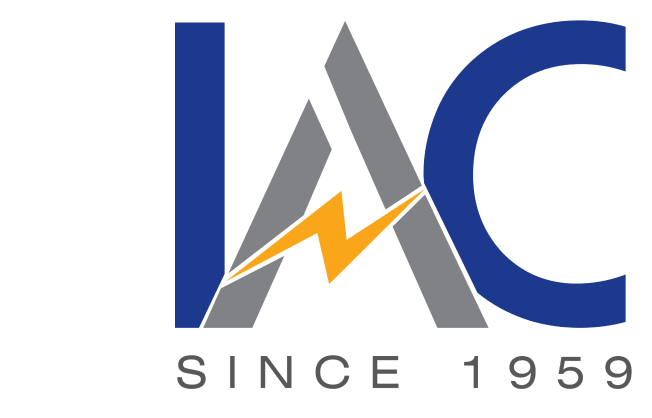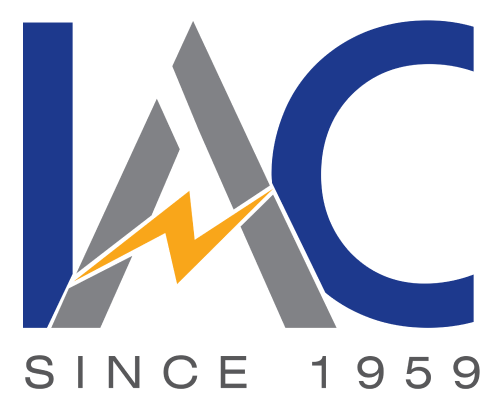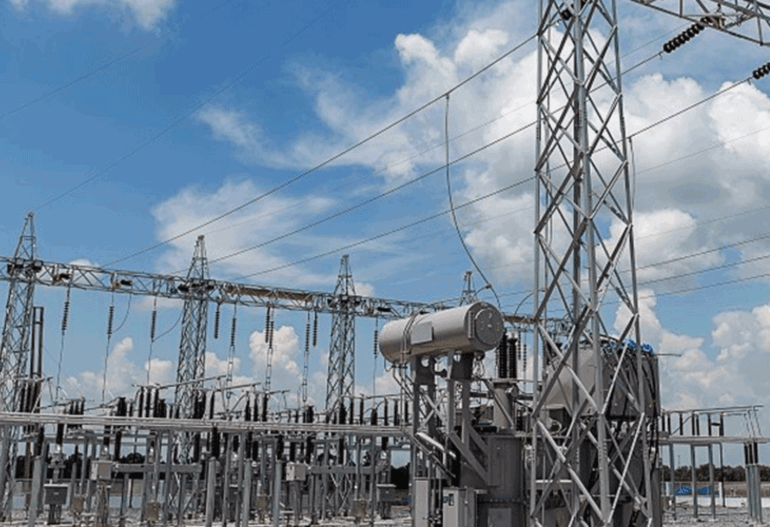How does electricity reach our homes? This question isn’t just for the schoolers but do we know how electricity is transmitted from the power station to our kitchen? Are we aware of the electrical distribution system that carries this electricity?
Subsequently, this won’t be a head-scratcher because we will make it simpler for you right here.
Purpose Of Electrical Distribution System
Electrical Distribution System are an indispensable part of the electrical power system. The primary purpose of an electricity distribution system is to meet the customers’ demands for energy after receiving the bulk electrical energy from transmission or substation.
Electric power distribution to the place of use is the final stage in the delivery of electric power to individual consumers. Depending on the geographical location, the distribution network can be in the form of overhead lines or underground cables.
Protection, control and monitoring equipment are provided to enable effective operation of the distribution network. Mostly LV or HV distribution lines consist of different types of structures (poles or towers of Wood, Concrete, Steel) used for supporting the overhead lines.
How Is Electricity Transmitted
Let us first look into the very basics of electricity generation. Electricity is generated at the power station, and then the current is fed to the transformers for increasing the voltage. Usually, this is done so to push the power over long distances.
Through transmission lines, it reaches the substation, where the voltage is lowered. It is then sent on lower power lines. It then travels through the distribution lines connecting the nearest poles to your homes.
From poles, the wires connect the service panels and meter in your homes to deliver the required electricity.
Distribution System And Stages
The distribution system consists of five main stages.
1- Distribution Substation
Here the high voltage from the transmission lines is lowered by the transformers. The voltage value depends upon geography and consumer usage.
2 – Distribution Feeders
The substation’s lowered voltage is sent to the distribution transformer via distribution feeders that are designed as per their current carrying capacity.
3 – Distribution Transformer
Distribution transformer or service transformer further lowers the voltage to utilisation voltage for household and commercial usage.
4 – Distributor Conductor
The distributor conductor carries the output from the distributor transformer. Tappings are derived from the conductor to transmit the power to the end consumer. Due to these tappings, the current and voltage in the conductor vary. This factor is taken into account while designing the conductors.
5 – Service Mains
The cable connects the distribution conductor to the nearest pole to the consumer end.
The Transmission Tower
The transmission towers carrying the high voltage power lines are also an essential part of the electrical distribution system. The giant towers carry these lines over myriad geographies.
They are supported by stay wire and its accessories. Stay wires are the twisted strands of galvanised steel wires that provide horizontal support to the tower.
Classification Of Distribution System
It is classified into three types. The first is according to the nature of current that includes DC and AC distribution system.
The next is based on construction type, that is, overhead or underground distribution system.
And the last is classified on the connection, including radial, ring-main, and interconnected systems.
Conclusion
As much as the process is essential, so are the essential parts required at every stage. Further, this can range from the cross arms and stay wire accessories to insulator fittings, ground wire accessories, and substation fittings.
The manufacturing and fabrication of accessories play a vital role in the distribution system’s overall quality.
You can know more about the process of electricity distribution and the manufacturing and sale of the distribution accessories on https://www.iacelectricals.com/.






